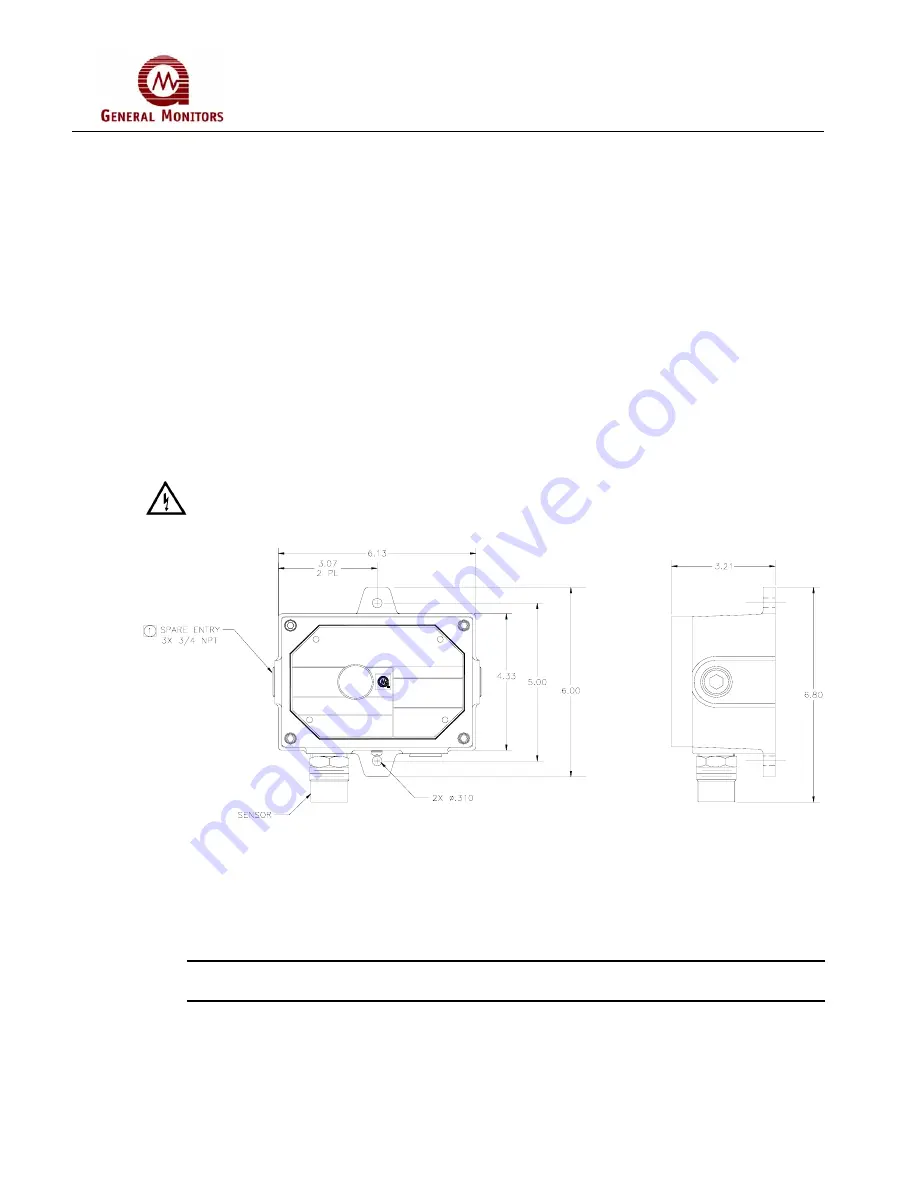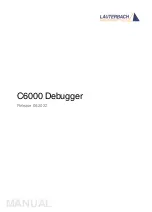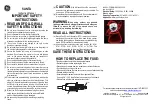
S4000C
6
The overall and mounting dimensions for the Model S4000C (Figure 5) should be used when
making installation determinations. A complete list of the mechanical specifications can be
found in Section 9.3.2.
To prevent possible corrosion due to moisture or condensation, it is recommended that the
conduit connected to the Model S4000C housing be sealed, or contain a drain loop. Each
conduit run from a hazardous location to a non-hazardous location should be sealed so that
gases, vapors, and/or flames cannot pass beyond the seal. The purpose of seals in a Class I
hazardous location is to prevent the passage of gases, vapors, or flames from one electrical
installation to another through the conduit system.
It is not necessary to seal the Model S4000C housing to maintain its explosion-proof integrity;
however, conduit runs containing wires attached to the Model S4000C’s relay contacts must be
sealed (Section 3.5).
Information on Class I location seals can be found in the NEC, Article 501-5.
WARNING:
Acetic acid will cause damage to metal components, metal hardware, ceramic
IC’s, etc. If damage results from the use of a sealant that outgases acetic acid
(RTV silicone), the warranty will be void.
Figure 5: Outline and Mounting Dimensions
Once correctly installed, the Model S4000C requires little or no maintenance, other than
periodic calibration checks to ensure system integrity. General Monitors recommends that a
schedule be established and followed.
NOTE:
The system’s full two-year warranty will be voided if customer personnel or third parties
damage the system during repair attempts.
Sensor heads exposed to the elements may require the accessory mounting threads to be
lubricated. Grease must not be used. As an alternate, PTFE (Teflon) tape may be used on
sensor accessory threads.
















































